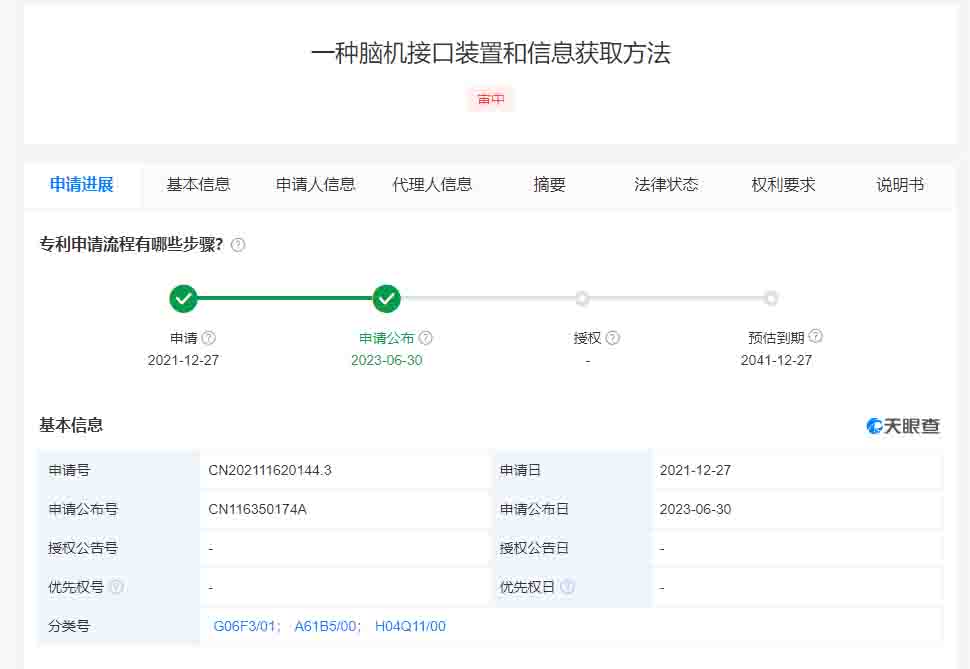News
Huawei patent reveals new brain-computer network application

Recently, a Huawei tech patent has appeared from China with application number CN116350174A and titled “brain-computer network application”.
The patent summary reveals that the application involves the field of the Internet of Things, and the brain-computer interface includes a light source, a time domain delay module, a wavelength-dependent optical splitting module, a sensor network, and a sensor front end.
Technical Description (Translated):
The light source provides a wide-spectrum pulse train, the time-domain delay module converts it into a multi-wave pulse train, the wavelength-dependent optical splitting module decomposes the multi-wave pulse train into sparse pulse trains, and the sensor network sends the sparse pulse trains to the sensing point of the sensing front-end, the sensing front-end is sent to the target brain through the sensing point to obtain sensing information so that the detection light of different wavelengths is obtained by using broad-spectrum pulsed light and time-domain delay technology.
There is no need to set up multiple light sources, and there is no need to increase the corresponding wavelength control module, and the high spatial resolution of the brain-computer interface is realized on the basis of ensuring the small integration of the brain-computer interface.
It is understood that Huawei has previously published or authorized a number of brain-computer interface-related patents, such as patents that allow users to quickly issue different operating commands without looking directly at visual stimuli, and patents that improve decoding accuracy and decoding efficiency. wait.
Brain-computer interface refers to the creation of connection pathways for information exchange between the brain of organic life forms and devices with processing or computer capabilities, so as to realize information exchange and control.

(via)






